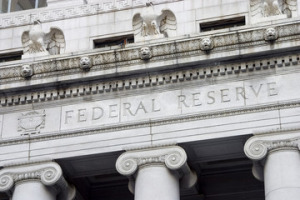
Trump calls on the Federal Reserve board to take full control of central bank from Powell
Fed Chair Jerome Powell has held the benchmark rate for overnight loans constant this year, saying that Fed officials needed to see what impact President Trump’s massive tariffs had on inflation.




